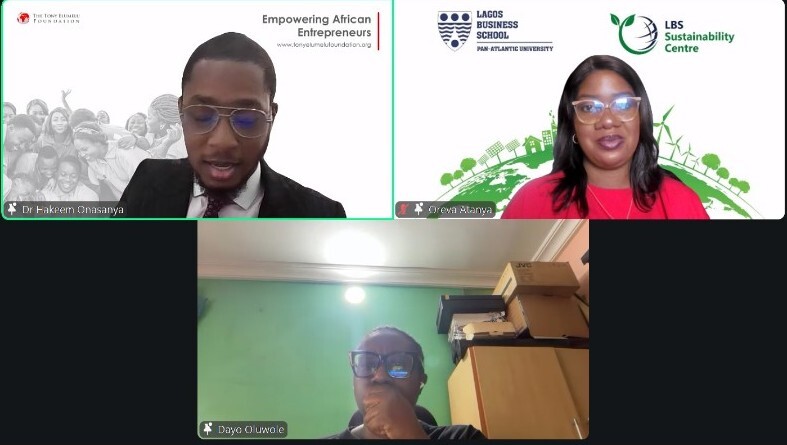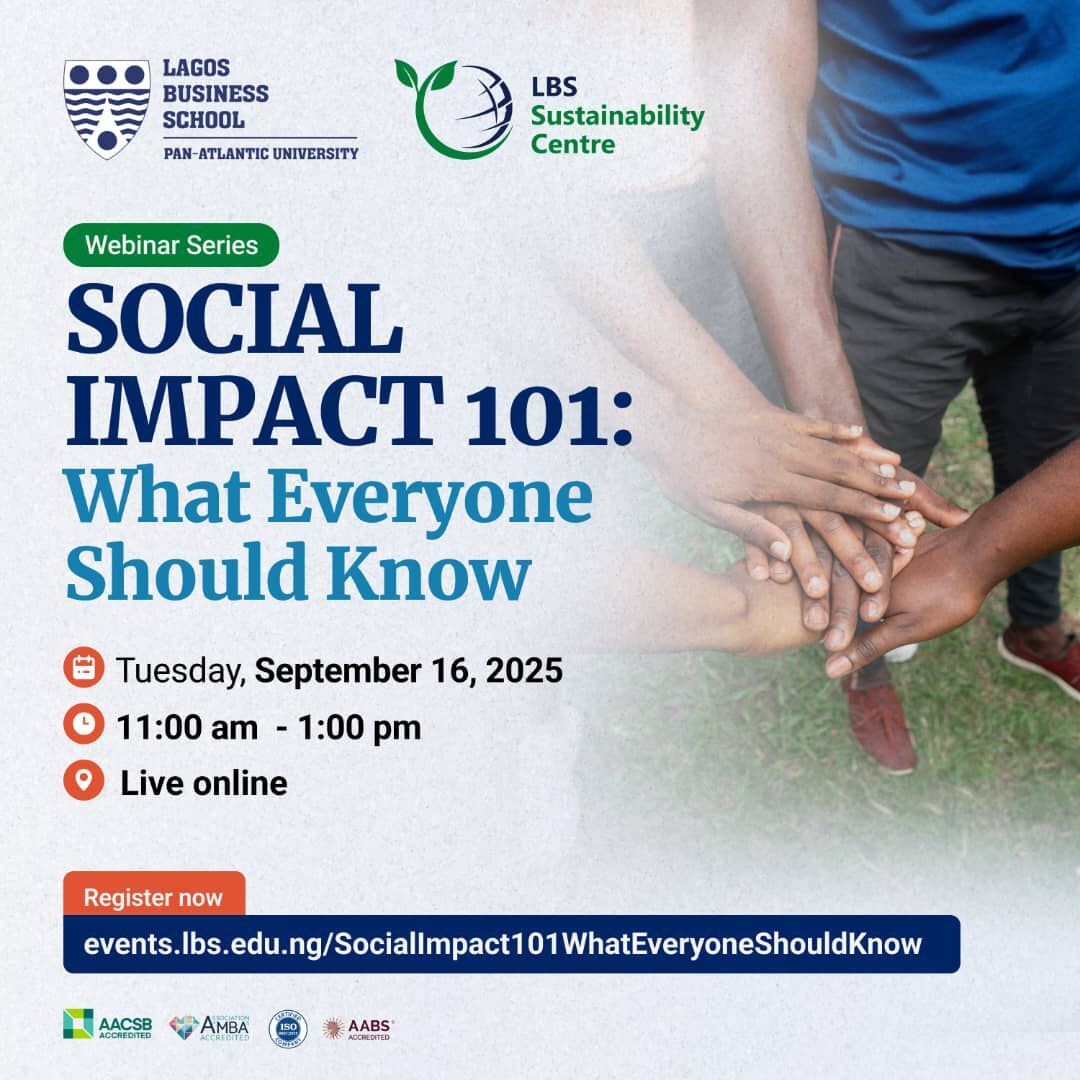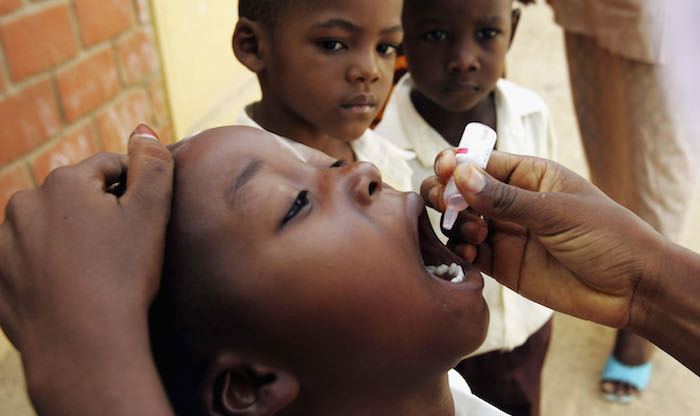In an era oversaturated with impact jargon, Africa’s practitioners are drawing a line. They are demanding that every social investment starts and ends with the people it’s meant to serve. “At the core of social impact is… solving problems,” Dr Hakeem Onasanya insisted at the September 16, 2025, webinar “Social Impact 101 – What Everyone Needs to Know,” with the background focused on drawing lessons on strategy, communications, and outcomes of project execution and management.
Community-First Impact
In a session punctuated by candour and urgency, impact leaders called for fundamental shifts in how initiatives are conceived and measured. Moderator Oreva Atanya from Lagos Business School Sustainability Centre challenged project implementers to move past feel-good stories, urging designs that make beneficiaries full partners and not just subjects. Onasanya’s take was unsparing: interventions must be built to solve problems for today and tomorrow, recognising the need to update assumptions as realities change. “Are you solving the beneficiaries’ actual problems or just ticking boxes with outdated data?” he asked.
Oreva Atanya from Lagos Business School Sustainability Centre challenged project implementers to move past feel-good stories, urging designs that make beneficiaries full partners and not just subjects.
This ethos means shelving ego-driven “legacy” projects and replacing cosmetic fixes with continuous engagement. The panel agreed: success is only real if communities voice their needs, shape their journeys, and see durable results.
Design for Change
The Tony Elumelu Foundation’s (TEF) impact architecture was cited as a good model to build upon. Its instructive, self-paced, online training, hands-on mentorship, masterclasses led by industry leaders, and business-first seed funding have been used to nurture and formalise enterprises. The Alumni networks, they noted, are essential, breaking the isolation entrepreneurs often face in Africa’s tough business climate and making resilience a shared asset.
Speaker Dayo Oluwole didn’t mince words about the current communications deficit. Her survey of 3,000 young African agriculturists revealed that “ancient” storytelling styles, leave potential changemakers out in the cold. “Terrible communication about what farming is, and platforms and formats that don’t engage diverse audiences,” she said. Her remedy? Quality of content, correct platform fit, and timing, in delivering the right story to the right people at the right moment.
Oluwole recounted how national campaigns found real traction: careful focus groups, hyper-local radio with tailored times and presenters. “Communication doesn’t just happen… It’s very, very deliberate,” she said, countering the myth that viral reach comes by accident.
To illustrate, Onasanya recalled a pivotal moment in government, where a four-minute testimonial film about social impact failed with the major stakeholders until it was edited down to a single, tight minute. The message? “Effective communication is selfless, concise, and audience-first, not a showcase for every achievement or emotion,” he said.
Audience member Uade Ahimie, Sustainable Stories Africa’s co-founder, pressed the panel on how to elevate African narratives in media spaces dominated by politics and global economics. Both speakers advocated for “sexy,” jargon-free content rooted in local realities, thereby meeting readers, viewers, and listeners where they are, not where experts wish them to be.

From Ideas to Outcomes
The discussion carried a pragmatic, optimistic thread: when the beneficiary takes centre stage, outcomes become evidence, not aspiration. TEF’s layered support system shows a path from ideas to impact, fueling growth that persists beyond initial headlines or grant announcements. In communications, replacing verbose slides and long-form videos with timely, pinpointed messages can transform passive audiences into committed participants, and should be treated as a project workstream, not a marketing afterthought.
The promise, as panellists noted, is not just higher integrity but real economic and cultural transformation. Sharp storytelling can draw new talent to agriculture, normalise entrepreneurship, and bring funders to initiatives that weather shifts in policy, currency, and climate. As Oreva concluded, this is a strategy, not spin, requiring the same rigour as boardroom decisions and government programs.
What to Do Next
- Prioritise beneficiaries at each step: co-design problem definitions, reassess as contexts shift, and measure what matters for real communities.
- Stage support for lasting change: flexible training, robust mentorship, capital for registered businesses, plus sustained alumni connections.
- Make communication a core activity: craft tight, platform-appropriate stories, use local channels where effective, and time campaigns to maximise attention.
- Build infrastructure for African stories: work with platforms like Sustainable Stories Africa; design jargon-free, compelling content audiences want to read and share.
Panellists were clear: when continued, these habits will transform Africa’s impact story into a record of concrete achievement, not fleeting aspiration.













